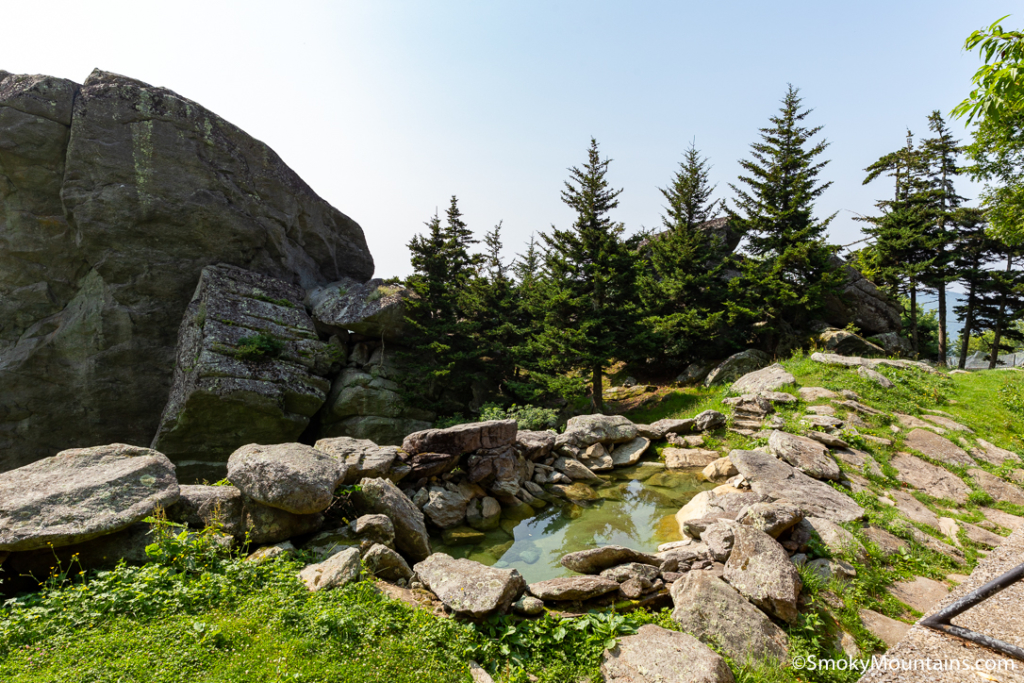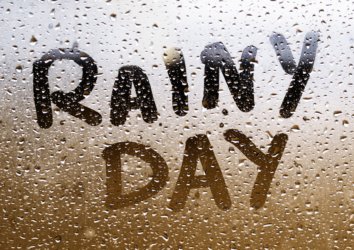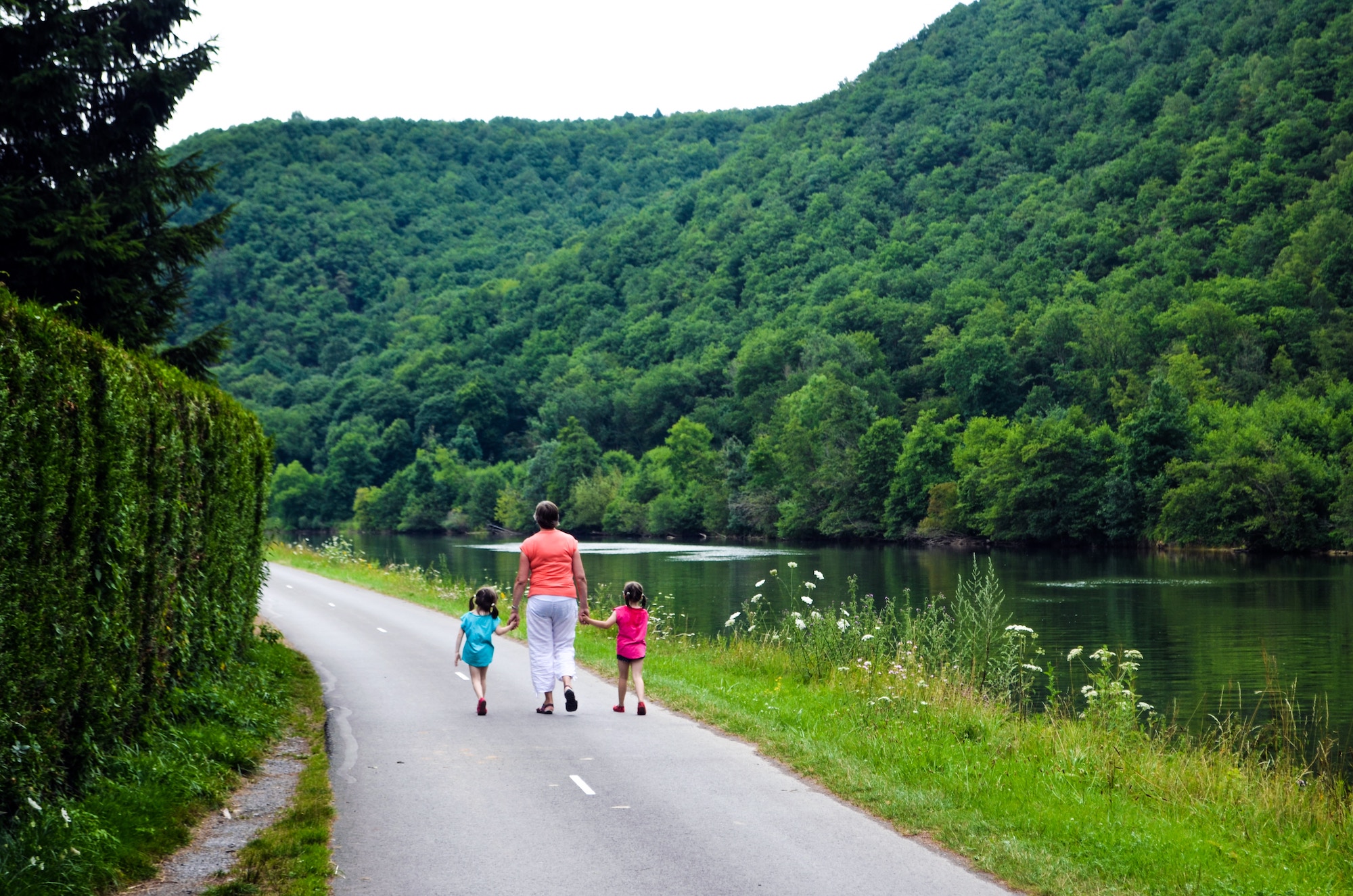The Southern Appalachian Mountains of the eastern U.S. are one of the botanical wonders not only of the country, but of the planet as a whole. That’s no exaggeration: This is one of the most biologically diverse—and most extensively protected—corners of the temperate world. Much of that biodiversity takes the floral form, with more than 1,500 species of wildflowers in Boone, this sweeping mountainscape home is the perfect place to spot nature’s organically crafted colors.
Set at the highest elevation of any town its size in the eastern U.S., and close to some of the genuine jewels of the Blue Ridge realm, Boone, North Carolina is one heck of a springboard for bloom-hunting. And the season for doing so is nice and extended, given the impressive elevational range and huge ecological variety defining Boone’s big backyard.
(Naturalists call the timing and progression of blooms and other seasonal biological events phenology. Tracking phenological changes—and the appearance of wildflowers is about as showy as phenology gets!—is a wonderful way to get to know a particular place more deeply.)
Let’s explore when you can spot some signature Southern Appalachian wildflowers from a home base in one of the North Carolina High Country’s best-known hamlets!
Wildflower Spotting Around Boone

Boone’s perch in the High Country puts some truly spectacular places for appreciating regional wildflowers at your fingertips. Indeed, some of those places are right within town: the Daniel Boone Native Gardens, dedicated way back in 1963 and harboring better than 200 species of native plants, being very much a case in point.
Wilder sites for botanizing are also within easy reach. They include Elk Knob State Park, encompassing the impressive 5,528-foot namesake peak and its dazzling summit views as well as a fantastic checklist of native wildflowers helping form the natural carpet of the park’s hardwood forests.
And then there’s Grandfather Mountain, the 5,946-foot high point of the Blue Ridge Escarpment and one of the most celebrated (and most rugged) peaks in the Southern Appalachians. Hike the trails of Grandfather Mountain State Park to admire backcountry wildflowers, and check out the fascinating botanical models on display in the Grandfather Mountain Nature Museum.
You can link multiple fine flower-hunting spots—including Grandfather Mountain as well as other treasures such as Julian Price Memorial Park—while doing some (safe) roadside scouting along the Blue Ridge Parkway, that justly celebrated All-American Road linking Shenandoah and Great Smoky Mountains national parks and passing just a stone’s throw from Boone.
From the cove hardwood forests of hollows and ravines to higher-elevation oak-hickory-pine woods and mountaintop spruce-fir stands, you’ve got a wonderful spectrum of ecosystems around Boone in which to search for seasonal blooms. A given forest stand will see a shifting lineup of blossoming herbs through the growing season, and furthermore higher elevations will often be busting out, bloom-wise, well after the lowland flower show has peaked.
Now let’s run through a general schedule of when to see wildflowers around Boone!
Early Spring Wildflowers
Blooms in the Southern Appalachians and Blue Ridge country kick off early in the spring—heck, the late winter, even—with such initial superstars as skunk cabbage (which, by actually generating its own heat, often emerges in February). Other early-spring wildflowers include various trout lilies, bloodroot, may-apple, windflower, bluet, Dutchman’s breeches, buttercup, spring beauty, trilliums, bleeding heart, ladyslippers, and jack-in-the-pulpit—to name but a few!
Many of these species are so-called spring ephemerals, emerging on the forest floor before deciduous trees have fully leafed out. These spring ephemerals thereby take advantage of the mostly unobstructed sunshine beaming down before the canopy fills in and casts its deep shade.
Late Spring Wildflowers & Early Summer Wildflowers
As spring progresses from the foothills upslope along the Blue Ridge, the wildflower spectacle in Boone’s vicinity continues its pageantry. Across late spring into early summer, hikers, mountain bikers, and other outdoor recreationists can admire the blossoms of such lovelies as phlox, wandflower, butterfly weed, Queen Anne’s lace, meadowrue, Carolina lily, saxifrage, and various Solomon’s-seals.
Mid to Late Summer Wildflowers
High summer and the cusp of fall keep the epic Southern Appalachian wildflower performance going strong. This time of year, seek out everything from white snakeroot, tall coneflower, and angelica to those classic end-of-summer harbingers of asters and goldenrods.
Not Just Flowering Forbs: The Boone Area’s Tree & Shrub Blooms

We’ve mainly been talking about wildflowers in the standard sense: referring, that is, to a huge variety of blossoming forbs (i.e., herbaceous plants that aren’t grasses, sedges, or rushes). But the Southern Appalachians are famed for their great variety of flowering trees and shrubs as well: from dogwoods and magnolias to rhododendrons, flame azaleas, and mountain laurel.
So, in other words, your bloom safaris amid the Boone area’s forests and balds won’t just be restricted to the groundcover level!
Tips for Viewing the Wildflowers of the Blue Ridge
Your enjoyment of Southern Appalachian wildflowers in and around Boone will surely be enhanced by arming yourself with a good field guide as well as one or more of the solid plant-identification apps now available for smartphones.
Wear sturdy footwear and sun protection for your wildflower jaunts, and bring along layers so you’re prepared for shifting weather conditions (not least the rainshowers and thunderstorms that are common in this region in spring and summer).
And make sure you’ve got a good, up-to-date map for the place you’re exploring. If you’re venturing off-trail (where allowed) to search for blooms, carry a compass and topography map—don’t rely on GPS, digital maps, or navigational apps alone.
Always remember to share your outdoor plans with somebody else, including where you’re going and how long you intend to be out. And don’t forget water!
Spring Through Fall, Enjoy Boone, North Carolina’s Profusion of Wildflowers

While Boone, North Carolina has no shortage of sweeping mountain vistas, some of its greatest delights are of the up-close, small-scale variety: namely, one of the nation’s richest and most diverse explosions of spring, summer, and fall wildflowers. Put it on your bucket list for sure!




